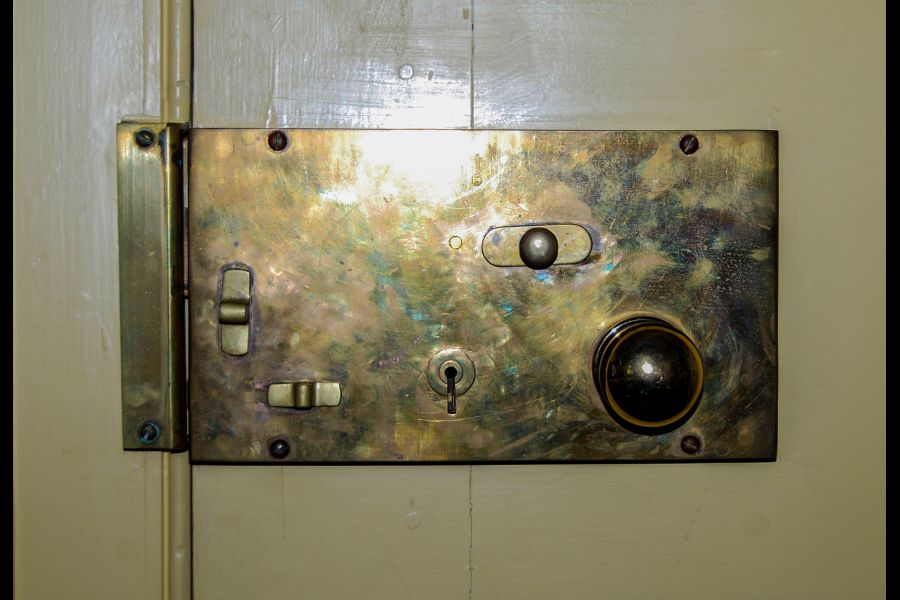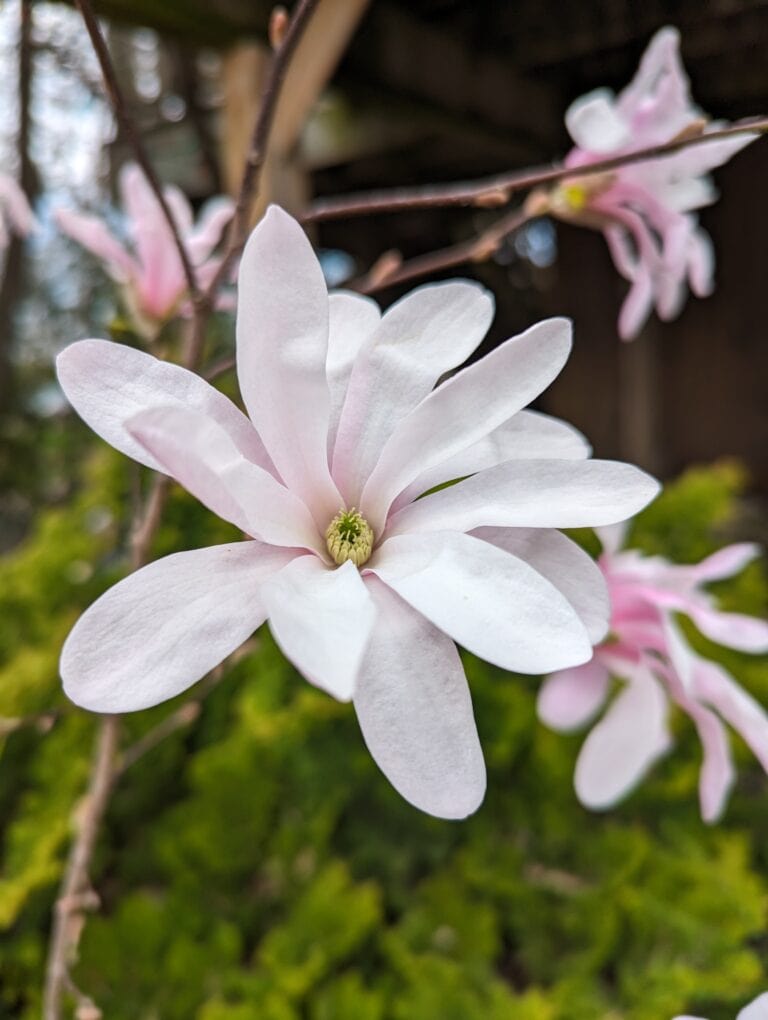I requested quotations recently on the construction of a historic reproduction front door for a heritage house.
Foolishly thinking to save myself some time, rather than do a drawing of the six-panel door itself, I provided a verbal description that included proportional ratios for the panels and size of the lock rail.
To my surprise, their shop drawings showed correct panel proportions but a lock rail of modern dimension. While this error was inadvertent, I realized that the supplier did not understand the functional importance of a prominent lock rail on historic doors.
Let’s start by identifying that the lock rail on a panel door is the horizontal member that divides the lower panels from the upper panels. Different than today’s small locksets that are mounted in a door’s vertical stile, the lock hardware of the late 18th and first half of the 19th century required a fair amount of real estate, necessitating a mounting across both the stile and the rail; hence the term “lock rail.”
Here in Niagara prior to 1850, the most common (and affordable) lock was a spring latch; a relatively simple affair made of strap and sheet iron with a brass spring and knob.
Essentially, the spring latch was comprised of a backer plate to which was affixed a pivoting latch bar that travelled within a bracket. A brass spring mounted directly above the latch bar kept it down and in place on a door frame mounted hook.
Made by the local blacksmith, spring latches varied in size from a relatively modest 3.5 x 5 inches, to a “fancy” keyhole shape that might be 4 x 8 or even 10 inches. In most cases, the workings of a spring latch were exposed to view, but for a higher cost one could purchase a rim-latch (basically a spring latch enclosed in a case).
During the same period, at a higher cost, one might install a factory-made rim-lock. These large lock-sets (plus/minus 5 x 7 inches) mounted on the interior of the door might have been cast-iron cased with a brass knob or even completely brass and keyed for a deadbolt. Both the latch and deadbolt sat into a frame mounted keeper.
Finally, if you had the pocketbook, you could order a mortise lock from England or France; something typically found only on interior doors in the very finest homes.
That prominent lock-rail did its job until the Victorian era.











